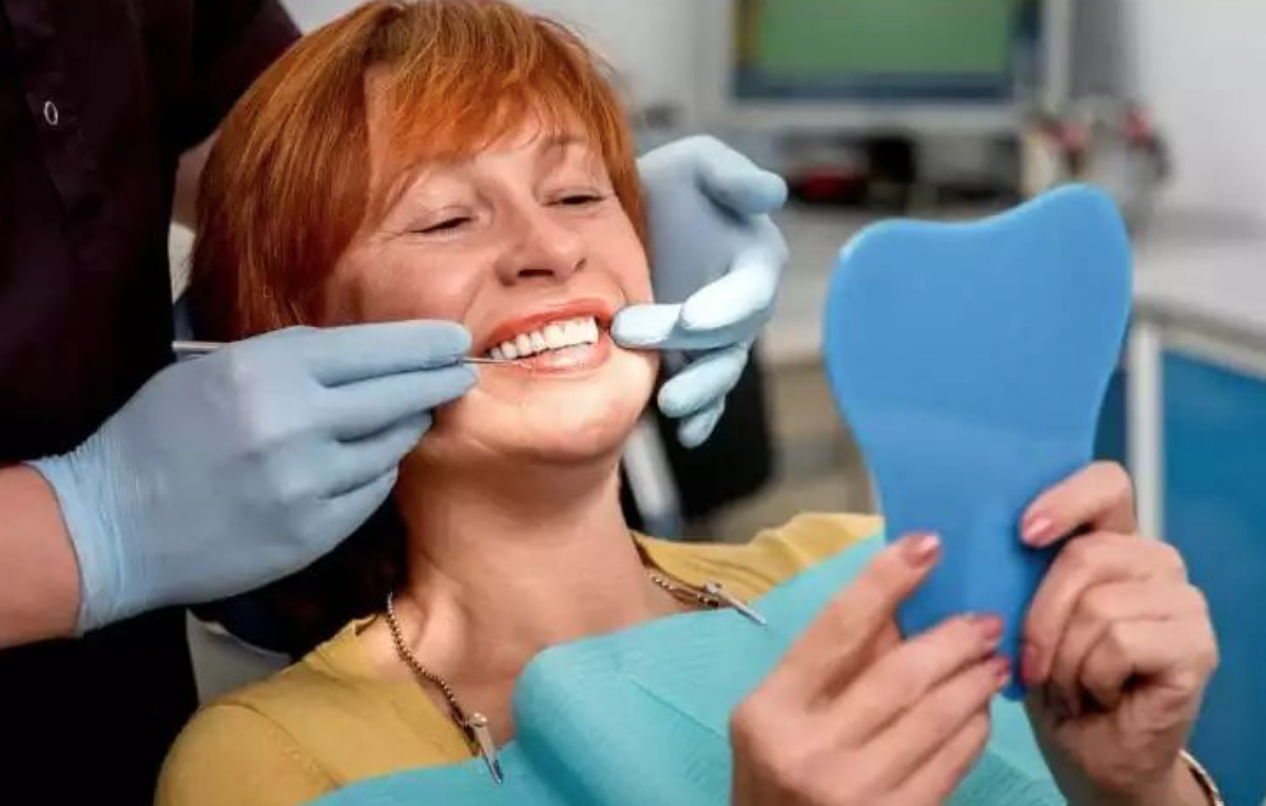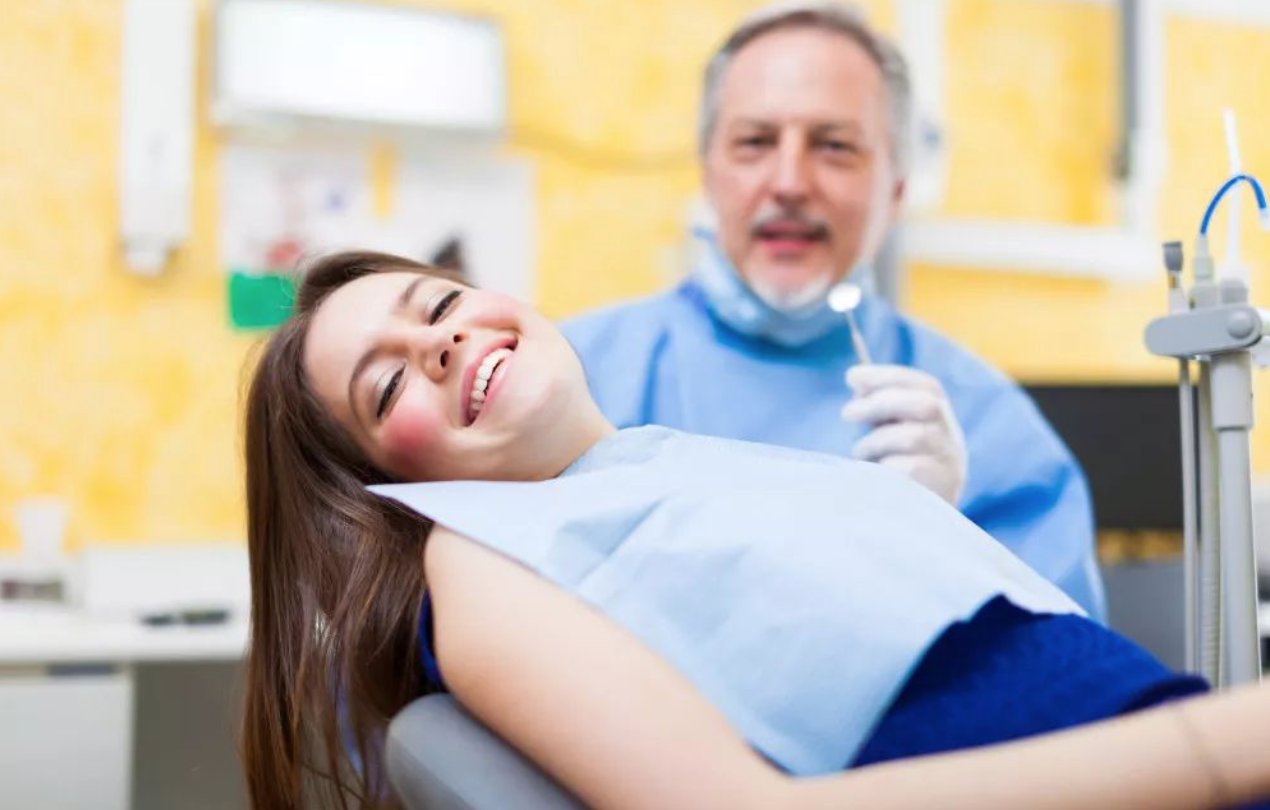It is not a luxury house or a car! In Australia, the distinction between the rich and the poor is actually
In Australia, how much cash is carried on the body and how elegant concerts are heard cannot be used as a symbol of poverty or wealth.
This is not related to how big your family is. It doesn’t matter if you have been to college or not.
Australian economics professor Dr Andrew Leigh said that in Australia, the real measure of wealth is based on the number of teeth you have.
After considering the removal of wisdom teeth, a wealthy Australian adult is more likely to have nearly 32 teeth than working-class people.


“Wealthy Australians have 7 more teeth than low-income Australians.”
According to the Australian Institute of Health and Welfare estimates:
In households with annual income below 30,000 yuan, their family members are more likely to lack about 7 teeth.
In contrast, families with annual income of more than 60,000 yuan may lack 3 teeth.
However, families with annual income below 20,000 yuan are likely to have at least 10 missing teeth.
Dr Leigh said that although Australia has survived the economic recession for 27 years, Australia’s wealth inequality has increased.
He said: “Now, the number of private jets and helicopters in Australia has doubled, and the sales of Maserati and Porsche have reached a peak. On some streets, the house price has even reached 8 digits as the price of land increases. But at the same time, there are still one person out of 20 Australians who can’t even afford Christmas gifts.”
Why is the “number of teeth” a symbol of wealth?
As we all know, the health care system in Australia is relatively sound. With Medicare, the national medical insurance system, medical services are free of charge in public hospitals. But when it comes to dentists, even those with Australian health insurance can be daunted.
Because the cost of visiting a dentist in Australia is not low, and most of the expenses are public medical insurance cannot be reimbursed. Therefore, whether they are willing to pay high prices at their own expense, or spend a high price on dental insurance, divide the Australians into different strata.
Medicare can only reimburse some of the necessary dental surgery costs, general dental examinations and treatment must be at their own expense.
In addition, publicly-charged patients have to wait a long time to get treatment. Therefore, many publicly-funded patients often wait until they have serious dental problems. In the end, the problem with the teeth has become so serious that it has reached the point where it has to be unplugged.
How does private health insurance reimburse dental expenses?
If you purchase a certain level of private health insurance, your dental expenses can be covered by these insurances. Of course, the price of private health insurance, which includes the cost of the dentist, is usually not too low.
Private health insurance usually covers most dental treatment items, including dental examinations, orthodontics, dental cleaning, dental fillings, and dentures. In addition, private medical insurance also allows you to conduct more preventive dental examinations, such as regular oral examinations.
Different insurance companies provide different types of insurance for your teeth. You need to reimburse related expenses according to your insurance contract. If you go to the agreement of the insurance company to see your teeth, the rate of reimbursement is higher. In addition, if the patient wants to make crowns and dentures, he must inform the insurance company that the insurance company will provide different service items, and the cost of looking at teeth that may be reimbursed may be more.
Dental insurance is generally divided into General Dental and Major Denta. General Dental will be in effect for two months and Major Dental will have to wait one year before it can be insured.
In general, dental fillings belong to General Dental, so insurance can reimburse 60% of the related expenses, and the rest is the so-called “Gap”, which needs to be paid by itself. The root treatment, mosaic dentures, etc. belong to Major Dental. Only if you purchase a high-level insurance, the related expenses will be reimbursed by insurance.
The cost of seeing teeth in Australia is probably…
Average outpatient fee: AUD 100
Fill the average price of each tooth: 100 to 250 Australian dollars
Average price of tooth extraction: AUD 200
If this is not intuitive enough, you can refer to the following bill, which is a cost estimate for a toothbrush and a series of fillings prepared by a netizen after visiting a dentist in Australia. (Prepare for follow-up correction, but the following fee does not include the cost of correction. ), Everyone can feel it…
Now, do you understand how well Australians have teeth?

Leaver a comment